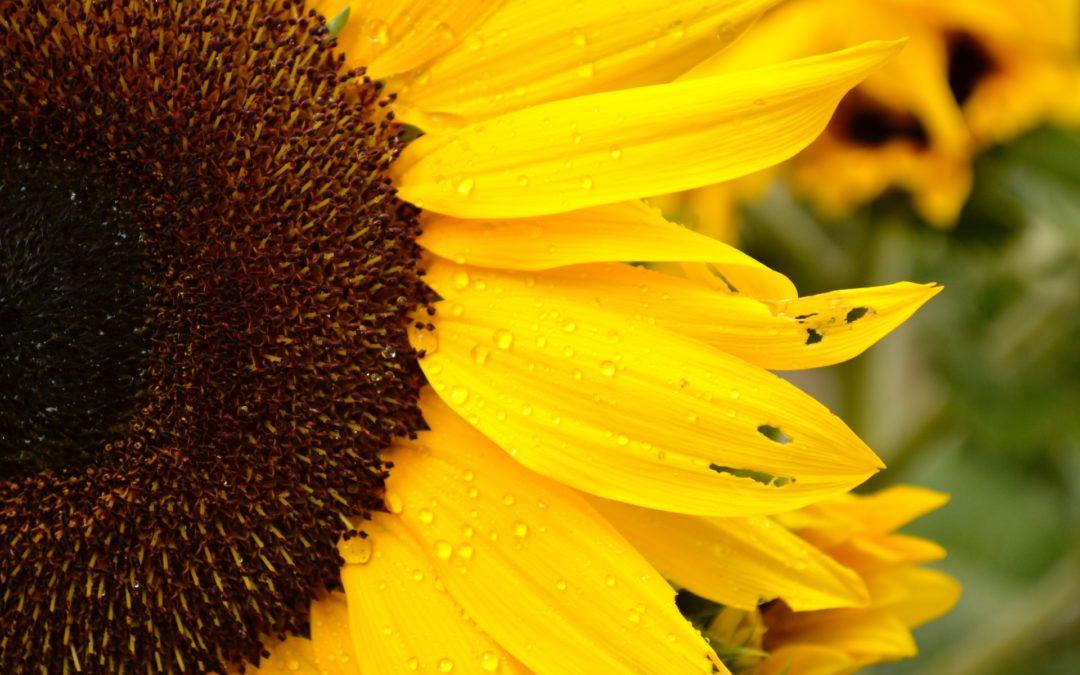In a world that often celebrates perfection, it’s important to recognize the charm and allure of imperfect things that are beautiful. These objects, experiences, or moments, flawed in conventional terms, hold a unique beauty that transcends the ordinary standards of aesthetics. From the asymmetrical petals of a wildflower to the uneven cobblestone streets of an ancient city, these imperfections add character and depth. They remind us that beauty is not just found in flawlessness but also in the quirks and anomalies that make something truly stand out.
This article is a celebration of such imperfections, highlighting the top 30 imperfect things that captivate us with their unconventional beauty. Each item on this list tells a story of how irregularities and deviations can create a visual and emotional appeal that perfection often fails to deliver. Whether it’s in nature, art, architecture, or everyday life, these examples will challenge your perceptions of beauty and encourage you to find splendor in the most unexpected places.
Best Examples of Imperfect Things that are Beautiful
1. Aged Wooden Furniture: Over time, wooden furniture can develop scratches, dents, and a weathered patina. These imperfections tell a story of years of use and love, adding character and warmth. The natural grain of the wood, combined with the marks of time, makes each piece unique and beautiful in its own right.
2. Wabi-Sabi Pottery: Originating from Japanese aesthetics, wabi-sabi refers to the beauty found in imperfection and transience. Wabi-sabi pottery, often irregular, uneven, or cracked, celebrates these imperfections. The asymmetry and roughness give each piece a unique charm, emphasizing natural beauty and simplicity.
3. Handwritten Letters: Unlike digital text, handwritten letters are not perfectly uniform. Variations in handwriting, ink smudges, and creased paper add a personal touch, making each letter uniquely beautiful. These imperfections reflect the human element and the effort put into crafting the message.
4. Old Books: The worn pages, creased spines, and faded covers of old books make them visually and tactilely appealing. Each sign of wear tells a story of the book’s journey through time and the hands it has passed through, adding a sense of history and nostalgia.
5. Cracked Glazed Ceramics: In ceramics, a crack or a flaw in the glaze is often seen as a defect. However, these cracks can create intricate patterns, adding depth and an element of unexpected beauty. In Japanese Kintsugi art, these cracks are even highlighted with gold, celebrating the imperfection.
6. Vintage Photographs: With their faded colors, scratches, and sometimes blurry images, vintage photographs capture moments in an imperfect, yet deeply evocative way. These imperfections add a sense of authenticity and bring a nostalgic charm that modern, perfect digital images often lack.
7. Weathered Street Walls: Walls with peeling paint and graffiti can be seen as rundown or neglected. However, they often possess a raw, unfiltered beauty. The layers of paint, posters, and art tell the story of a changing city, reflecting its history and cultural evolution.
8. Asymmetrical Gardens: Unlike meticulously manicured gardens, asymmetrical, wild gardens have an organic, natural beauty. The uneven growth, random color splashes, and the unstructured layout mimic nature’s own imperfection, creating a sense of harmony and peace.
9. Dance with Imperfect Movements: In dance, not all movements are flawlessly executed. However, it’s often these moments of imperfection – a slightly off-balance spin, an uncontrolled flourish – that convey emotion and humanity, making the performance more relatable and beautiful.
10. Rustic Bread Loaves: Artisanal bread, with its uneven crust, irregular shape, and varying sizes, contrasts with the uniformity of mass-produced loaves. These imperfections are a testament to the handmade process, and they contribute to the bread’s rustic appeal and unique texture and flavor.
11. Mismatched Dinnerware: In a perfectly set table, every piece of dinnerware matches. However, a collection of mismatched plates, bowls, and cups, each with its own pattern and history, can create a charming and inviting table setting. The variety adds character and a personal touch, making meals feel more homely and special.
12. A Child’s Artwork: Children’s drawings and paintings are often far from technically perfect, with disproportionate figures, inconsistent coloring, and outside-the-lines creativity. Yet, this imperfection is what makes them so endearing and expressive, capturing the innocence and imagination of childhood.
13. Weathered Musical Instruments: Instruments like an old violin or a worn piano bear the marks of time and frequent play. These imperfections, such as scratches and faded finish, often enhance the instrument’s character and can even affect its sound in a unique way, adding depth and history to its music.
14. Wildflower Meadows: Unlike a carefully curated garden, wildflower meadows are beautifully chaotic, with an array of colors, sizes, and types of flowers growing freely. This natural, unstructured look provides a sense of wild beauty and an ever-changing landscape through the seasons.
15. Patchwork Quilts: A patchwork quilt, made from an assortment of different fabrics, patterns, and colors, can appear disjointed and irregular. However, this mix-and-match approach results in a cozy, one-of-a-kind piece, telling a story through its various segments and stitches.
16. Handcrafted Jewelry: Unlike machine-made pieces, handcrafted jewelry often contains slight irregularities and variations. These small imperfections, whether in the setting of a stone or in the shape of a pendant, lend a unique charm and evidence of the artisan’s personal touch.
17. Rustic Baked Goods: Home-baked goods like pies and cakes often come out of the oven with uneven tops, lopsided shapes, or imperfect frosting. These imperfections make them feel more authentic and crafted with care, often enhancing their homemade appeal and taste.
18. Imperfectly Shaped Fruits and Vegetables: In nature, fruits and vegetables often grow in irregular shapes and sizes, contrasting with the uniform produce typically found in supermarkets. These quirky shapes add character and a reminder of the natural diversity of food, often with no impact on taste or quality.
19. Old Cobblestone Streets: Cobbled streets, with their uneven stones and worn paths, are far from perfectly smooth or straight. However, they add a timeless beauty to the urban landscape, evoking a sense of history and charm that perfectly paved roads often lack.
20. Cloudy Skies: While a clear blue sky is often seen as the epitome of a perfect day, a sky filled with clouds can have a breathtaking beauty. The various shapes, sizes, and shades of clouds create a dynamic and ever-changing canvas, often resulting in spectacular sunsets and sunrises.
21. Crooked Smile: A crooked smile, often seen as a flaw, can be endearing and add character to a person’s face. It reflects genuineness and individuality, often making the smile more memorable and charming.
22. Handmade Pottery: Unlike mass-produced ceramics, handmade pottery can have uneven edges, variable thickness, and slight asymmetry. These imperfections add a tactile and visual uniqueness, making each piece a work of art in its own right.
23. Old Bridges: Ancient or rustic bridges, sometimes uneven or covered in moss and vines, carry a romantic, timeless beauty. Their imperfections tell stories of ages past and stand as a testament to resilience and history.
24. Moss-Covered Rocks: In nature, rocks covered with moss can seem unkempt compared to clean, polished stones. However, the moss adds a soft, green texture, blending the rocks seamlessly with the natural surroundings and creating a serene, fairy-tale-like atmosphere.
25. Cracked Leather: Leather goods, such as jackets or bags, develop creases and cracks over time. These signs of wear add a rugged, vintage charm, giving the item a storied appearance and a softness that only comes with age.
26. Rustic Wood Floors: Wood floors that have seen years of use can have scratches, scuffs, and uneven coloration. These marks of wear give the floor a warm, lived-in feel, adding character and history to a space.
27. Unkempt Gardens: A garden that isn’t meticulously maintained, with overgrown plants and wildflowers, has a natural, whimsical beauty. This type of garden feels more like a natural habitat, providing a sense of escape and tranquility.
28. Freckles and Birthmarks: Often seen as blemishes, freckles and birthmarks add uniqueness to an individual’s appearance. They tell a genetic story and can be seen as natural adornments that enhance beauty in a distinct way.
29. Old Lighthouses: Weather-beaten and often isolated, old lighthouses have a rugged beauty. They stand as stoic symbols of guidance and safety, their imperfections adding to the narrative of their critical role in maritime history.
30. Tattered Flags: A flag that has been flown for a long time, frayed and faded from the elements, can be a powerful symbol. Its imperfection represents endurance, pride, and the passage of time, often evoking a deep sense of respect and patriotism.
Why Can Imperfection Be Beautiful?
Imperfection can be beautiful because it adds uniqueness and authenticity to an object or a person, making them stand out from the idealized norms often seen in society. This concept, known as “Wabi-sabi” in Japanese aesthetics, celebrates the beauty found in the imperfections of nature and the serendipity of life. Imperfections, like a crack in pottery or the asymmetry in a handmade item, are viewed as symbols of character and depth. They remind us of the natural cycle of growth and decay, thereby providing a deeper connection to reality.
Moreover, embracing imperfection can lead to a more authentic and fulfilling life, as it encourages acceptance and appreciation of things as they are, without constant striving for unattainable perfection. This perspective fosters a sense of peace and contentment, highlighting that beauty exists in the flaws and irregularities, making them not just acceptable, but desirable.
Imperfections often reveal stories, experiences, and histories. They become symbols of resilience and adaptability, showcasing how objects or individuals have endured and evolved over time. This imperfection reflects the natural, unfiltered state of life, which can be more relatable and comforting compared to the often unachievable standards of flawlessness.
In a broader cultural context, the appreciation of imperfection can challenge societal norms and beauty standards, promoting diversity and inclusivity. It allows for a wider range of expressions, forms, and characteristics to be celebrated and respected. This shift in perspective can lead to greater self-acceptance among individuals, as they recognize and embrace their unique traits and experiences.
Moreover, in the realm of art and design, imperfection can be a source of creative inspiration. Artists and designers often utilize the concept of imperfection to create works that are thought-provoking and emotionally engaging. These works can challenge viewers’ perceptions and encourage them to find beauty in the unconventional.
In conclusion, the beauty of imperfection lies in its ability to connect us more deeply with the true essence of life, embracing its complexity and diversity. It encourages a more compassionate and open-minded view of the world, where the imperfections are not just accepted but celebrated as integral and enriching aspects of our experience.
What is Imperfect Beauty?
Imperfect beauty, often referred to as “Wabi-Sabi” in Japanese culture, is the aesthetic concept that finds beauty in imperfection, impermanence, and incompleteness. This philosophy appreciates the beauty of natural objects and processes that are flawed, transient, or incomplete. Imperfect beauty embraces characteristics such as asymmetry, roughness, simplicity, and modesty. It highlights the value of embracing flaws and accepting the natural cycle of growth and decay. This concept challenges conventional notions of beauty, encouraging a deeper appreciation for the authentic and unrefined aspects of life. By valuing imperfections, this approach fosters a sense of serenity and groundedness in the natural world’s inherent imperfections.
Imperfect beauty transcends physical aesthetics and extends into the realm of personal experiences and life itself. It teaches us to find beauty in the scars of life, in the lessons learned from failure, and in the resilience shown in the face of adversity. This concept is not just about visual appeal but also about an emotional and philosophical connection to our surroundings and our own lives.
In a world often obsessed with perfection and symmetry, the idea of imperfect beauty is a refreshing perspective that celebrates the quirks and idiosyncrasies that make objects, experiences, and individuals unique. It encourages embracing the aging process, both in the natural world and in ourselves, seeing the grace and elegance in the passage of time.
In art, imperfect beauty is often expressed through techniques that highlight the hand of the artist or the natural characteristics of materials. In literature and storytelling, it is found in narratives that embrace flawed characters or unexpected plot twists, celebrating the beauty of life’s imperfections.
Imperfect beauty, therefore, is more than an aesthetic choice; it’s a way of viewing the world that promotes acceptance, mindfulness, and a deeper connection to the essence of life. It’s about recognizing and honoring the beauty in the “imperfect,” the “incomplete,” and the “impermanent,” offering a profound and compassionate view of the human experience.
Beauty: A Matter of Perspective or Universal Truth?
The concept of beauty has long been a subject of intense debate and reflection, captivating philosophers, artists, and scientists alike. At the heart of this discourse is a fundamental question: Is beauty a matter of personal opinion, or does it reside in objective qualities that can be universally acknowledged and appreciated?
On one hand, the notion that beauty is purely subjective is widely held. This perspective asserts that beauty lies in the eye of the beholder. It champions individual taste and personal experiences, acknowledging that what is considered beautiful can vary greatly across different cultures, time periods, and individuals. In this view, beauty is an emotional and personal response, shaped by cultural norms, personal experiences, and individual preferences. For instance, a piece of art or music that moves one person to tears might leave another completely indifferent.
However, the argument for beauty’s objectivity cannot be overlooked. Some theorists and scientists argue that there are certain universal standards of beauty – principles that transcend cultural and personal differences. Studies in fields like psychology and evolutionary biology have suggested that there might be inherent preferences and patterns in human perception of beauty. For example, in human faces, qualities like symmetry and proportion are often cited as universally appealing traits. This view suggests that certain aspects of beauty are hardwired into our brains, perhaps as a result of evolutionary processes.
The debate between subjective and objective beauty is further complicated by the dynamic nature of aesthetic standards. What is considered beautiful in one era or culture can dramatically shift in another. The fluidity of beauty standards is evident in the world of fashion, art, and design, where trends come and go, and yesterday’s ideals can become today’s taboos.
Moreover, beauty is not just about physical appearances or tangible qualities. It also encompasses more abstract elements like harmony, balance, and coherence, whether in art, nature, or human interactions. These qualities can be appreciated by many, suggesting a certain level of objectivity, but the extent to which they are valued can still vary greatly from person to person.
In conclusion, the question of whether beauty is an opinion or an objective reality is not one with a clear-cut answer. It seems to exist in a complex interplay between personal subjective experiences and broader, potentially innate, human inclinations. This duality makes beauty a perpetually intriguing and elusive concept, one that continues to inspire and puzzle humanity in equal measure. The pursuit of understanding beauty, therefore, becomes not just a quest for definitive answers, but a journey into the rich tapestry of human perception and appreciation.
Here is a video that will give you a better look at why your imperfection makes you more attractive. Enjoy watching!
The Most Popular on BitGlint

40 Social Dilemma Examples in the World & Real Life
Social dilemmas are everywhere. They shape the choices we make at work, in our communities, and even on a global...

30 Favor Examples & Definition
Doing a favor means helping someone without expecting anything in return. It’s an act of kindness that can strengthen...
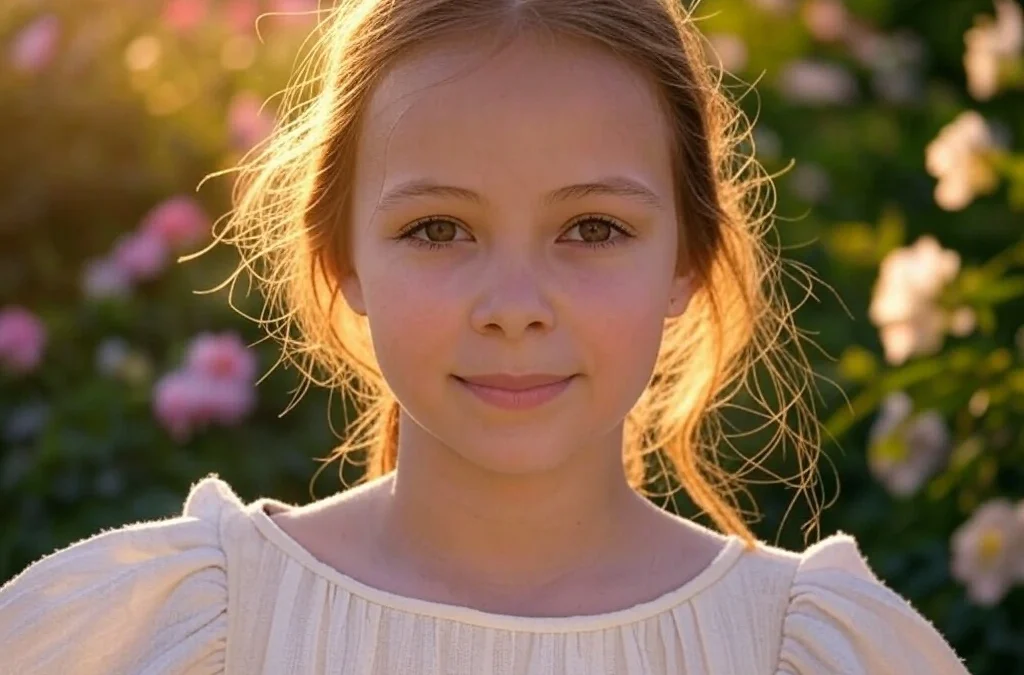
30 Naivety Examples & Definition
Naivety is something most people experience at some point in their lives. It often starts in childhood, but for some,...
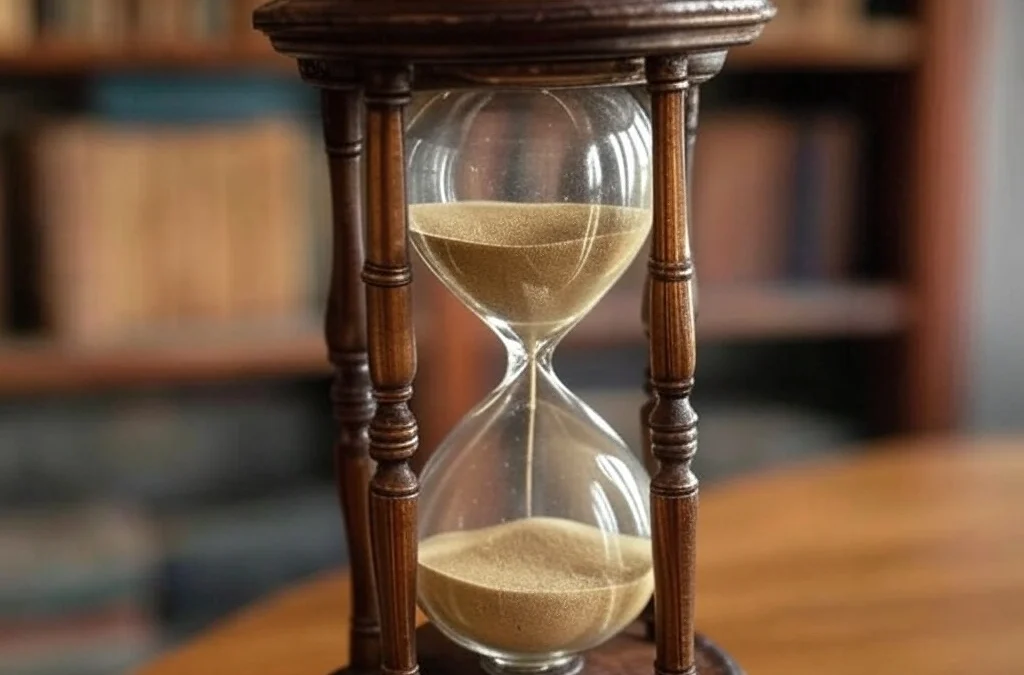
20 Chronology Examples & Meaning
Chronology is something we use more than we realize. It shows up in conversations, in how we remember the past, and in...
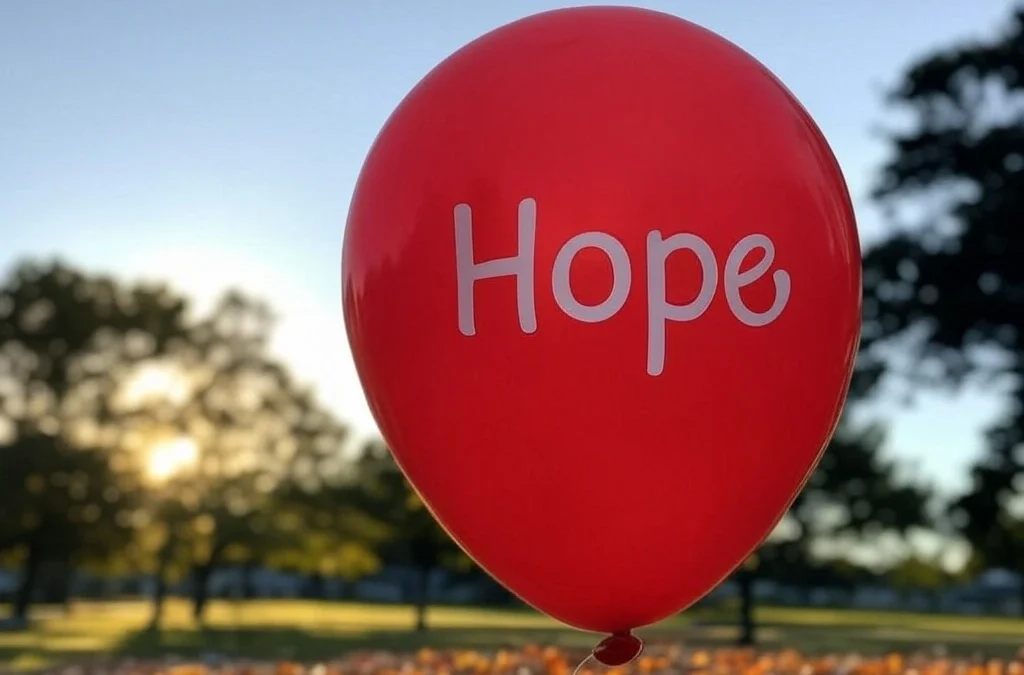
30 Wishful Thinking Examples & Meaning
Wishful thinking is something we all do at some point. You hope things will turn out fine—even if there’s no real...
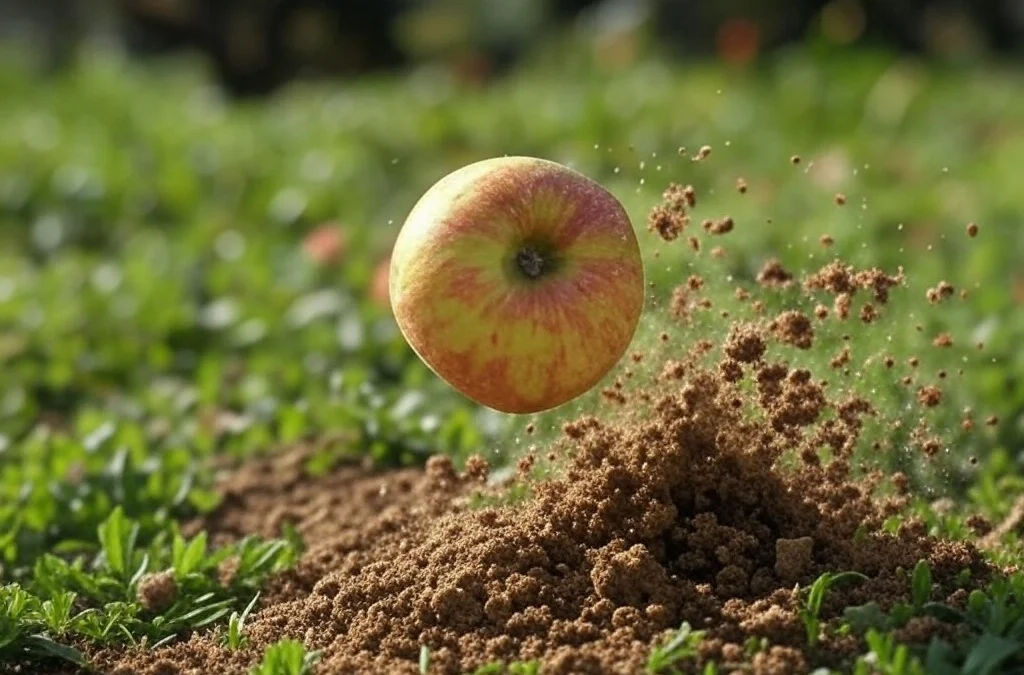
20 Examples of Gravity & What Gravity Really Is
Gravity is one of the most important forces in the universe, but many people don’t fully understand what it really is...

20 Examples of Secondary Consumers in the Food Chain
Secondary consumers are animals that eat other animals—usually herbivores that feed on plants. They’re an important...
Get Inspired with BitGlint
The Latest
30 Flow State Examples & Definition
Most people have felt it at some point — that rare moment when everything just clicks. You're working, moving, or thinking, and suddenly it's like the rest of the world fades out. You're focused, clear, and everything you're doing feels smooth and natural. That’s...
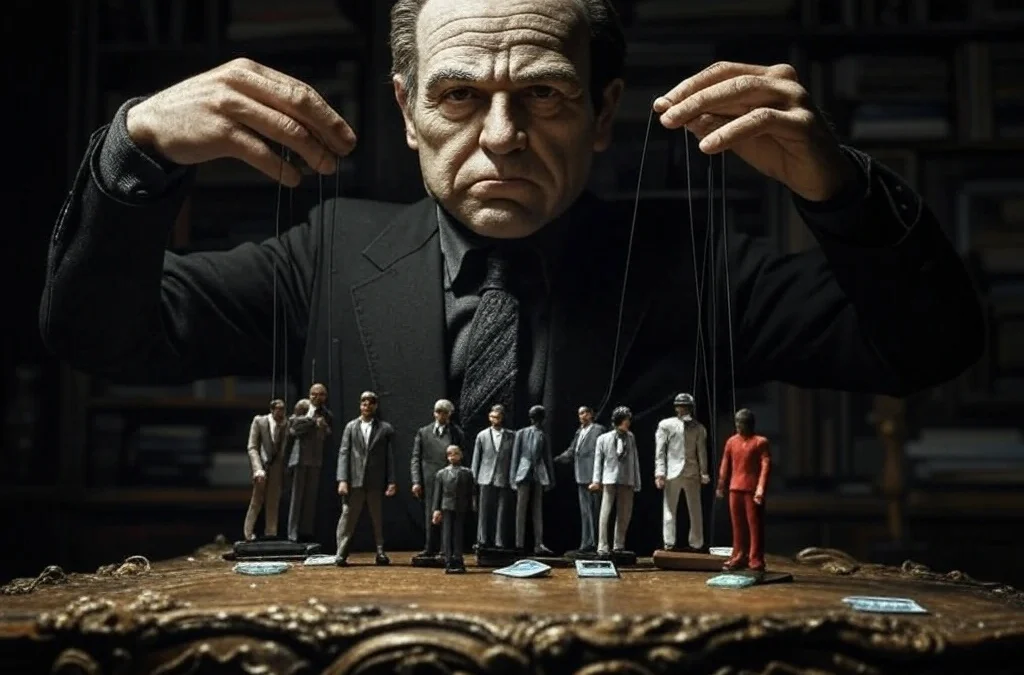
30 Cynicism Examples in Everyday Life & Definition
Cynicism is something most people have seen, heard, or even felt - but few stop to really think about what it means. It shows up in jokes, in conversations, and in quiet thoughts we don’t always say out loud. Some people wear it like armor. Others see it as honesty....
50 Examples of Square Things
Square things are part of everyday life, even if we don’t always think about them. From objects we use at home to tools, packaging, and design elements we see out in the world, the square shape is everywhere. It’s simple, balanced, and practical — which is exactly why...
20 Hinduism Examples: Symbols, Gods & Core Beliefs
Hinduism is practiced by over a billion of people every day - but for those unfamiliar with it, it can seem complex or even confusing. With its many gods, rituals, and traditions, it raises a lot of questions. What do Hindus actually believe? What are the main...

